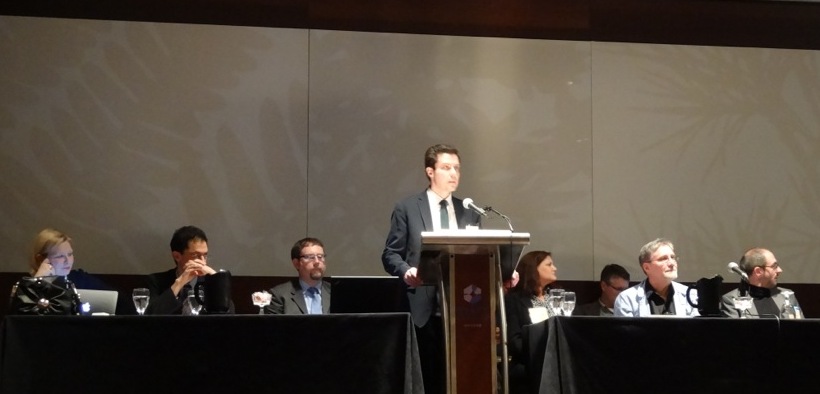The Intertextuality workshop held at the Fondation Hardt has been particularly helpful to show the importance of digital tools for understanding the phenomenon of intertextuality and getting more results about the relationships among texts.
I have particularly appreciated the group discussion on the second day of the workshop, where participants have been able to discuss about the meaning of intertextuality and its application to different texts and different levels of “textuality” within a text and among texts.
The workshop has focused the attention of the participants on three main topics that are strictly connected to intertextuality: 1) philology; 2) commentary; and 3) publications.

